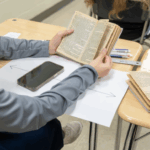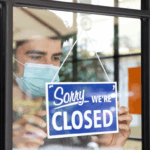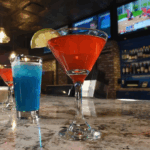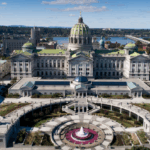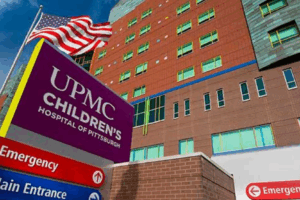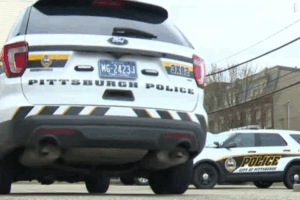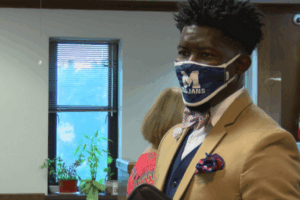Phipps’s annual Spring Flower Show opens this weekend. A colorful and varied array of spring blossoms will fill the historic rooms.
Phipps Conservatory’s annual Spring Flower Show opens Saturday, March 22 and lasts through April 20th. This year’s theme is signature spring blooms, with each room dedicated to a particular species of flower. The Palm Court Room will host tulips while the Victoria Room will be filled with pansies. Lilies, delphiniums, and other spring annuals and perennials will also feature, as well as art installations of topiary bees and large soaring kites.
Adult tickets cost $22.95 with discounts for seniors, students, and children ages 2-18, with the option for a family membership for the year.
Other upcoming exhibits include Tropical Forest Panama: Bridge to Biodiversity, “a spectacular journey through the lush vegetation and vibrant culture of Panama.” The exhibit includes visits with a park ranger, knot-tying exercises, a poison dart frog terrarium, and lessons on traditional Guna fabric and dress.
Phipps Conservatory has been in operation for over 130 years. During this time, it has become a cultural staple for the Pittsburgh community, as well as one of the nation’s most esteemed botanical habitats. Located in Schenley Park just South of Pitt’s Cathedral of Learning, Phipps boasts a vibrant history of community engagement since its conception.
The philanthropist Henry W. Phipps gifted the conservatory to the city in 1893, as “a source of instruction as well as pleasure.” Phipps stipulated that the conservatory be open on Sundays so that the working class of Pittsburgh would also be able to enjoy its displays. The Conservatory maintains this same attitude of accessibility and diversity to the present day.
The conservatory itself, erected in the Victorian style, was designed and constructed by manufacturers Lord & Burnham for a fee of $100,000, which today equates to over 3 million dollars. On its opening, it was the largest botanical conservatory in the nation, populated with thousands of exotic plants sourced from the World’s Columbian Exposition in Chicago.
The popularity of the Conservatory led to speedy expansions. In 1895, Phipps added what modern visitors now enjoy as the iconic South Conservatory Garden Railroad, and the Desert Room was built in 1902, taking its place as the world’s most notable collection of rare cacti specimens of the time. The Conservatory now has 14 meticulously cultivated glasshouses open to its visitors.
In the 1990s, Phipps transferred from city to private ownership under Phipps Conservatory, Inc., and a period of revitalization followed. During this decade, Phipps began using bespoke art installations and props to supplement the various themed shows, a feature visitors have now come to expect as part of the traditional Phipps experience.
Phipps’s most famous art installation was the Dale Chihuly glass exhibit of 2007-2008. Chihuly’s organic sculptures “were integrated seamlessly into the glasshouses, presenting a surreal and intricately crafted symbiosis of plants and sculptures.” The original exhibit attracted 400,000 guests from all 50 states and 52 countries world-wide. Many of these exquisite and colorful Chihuly pieces remain as permanent installations placed throughout the various rooms in Phipps, most notably, The Goldenrod, Citron, and Teal Chandelier hanging from the glass dome of the Welcome Center.
Over its long history, Phipps has become increasingly committed to environmental sustainability. Phipps’s recent addition, the Tropical Forest Conservatory, was designed with sustainable construction and operation principles, making it one of the most energy-efficient structures of its kind in existence. The addition uses 40% less energy than a traditional greenhouse and requires almost no electricity.
Executive Director Richard Piacentini expressed the Conservatory’s sustainable energy usage values: “ If we say we care about the environment, we can’t just keep building buildings as we always have.” Phipps is now home to the Center for Sustainable Landscapes (CSL), an environmental education center, research and administration facility, and leading example of sustainable architecture.
Though Phipps Conservatory has undergone numerous renovations since its conception in 1893 (including extensive replacement of its original glass panes with a PPG glass donation), the Conservatory has retained its core commitment to providing education and entertainment to the public through seasonal shows, green-energy initiatives, botanical classes, a Children’s Discovery Garden, and educational foreign exhibits. Visitors today can experience the culmination of 130 years of dedication and growth by attending the 2025 Spring Flower Show.


